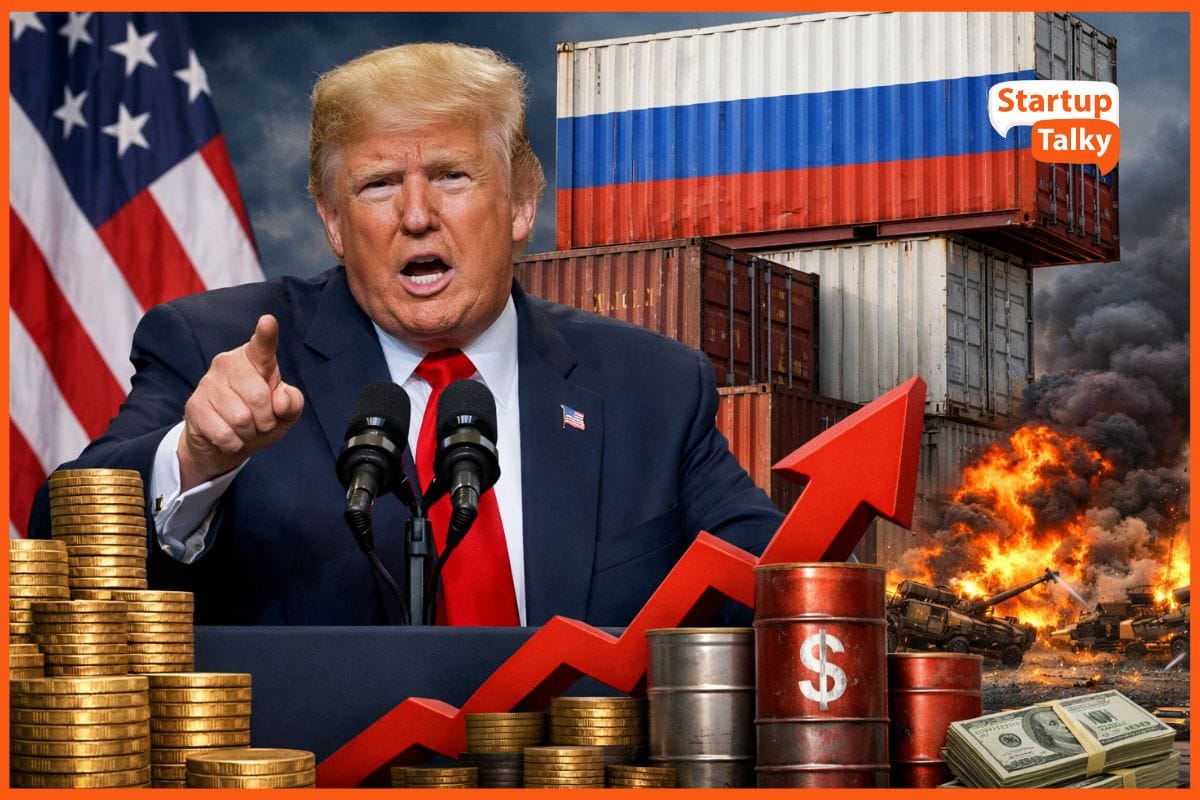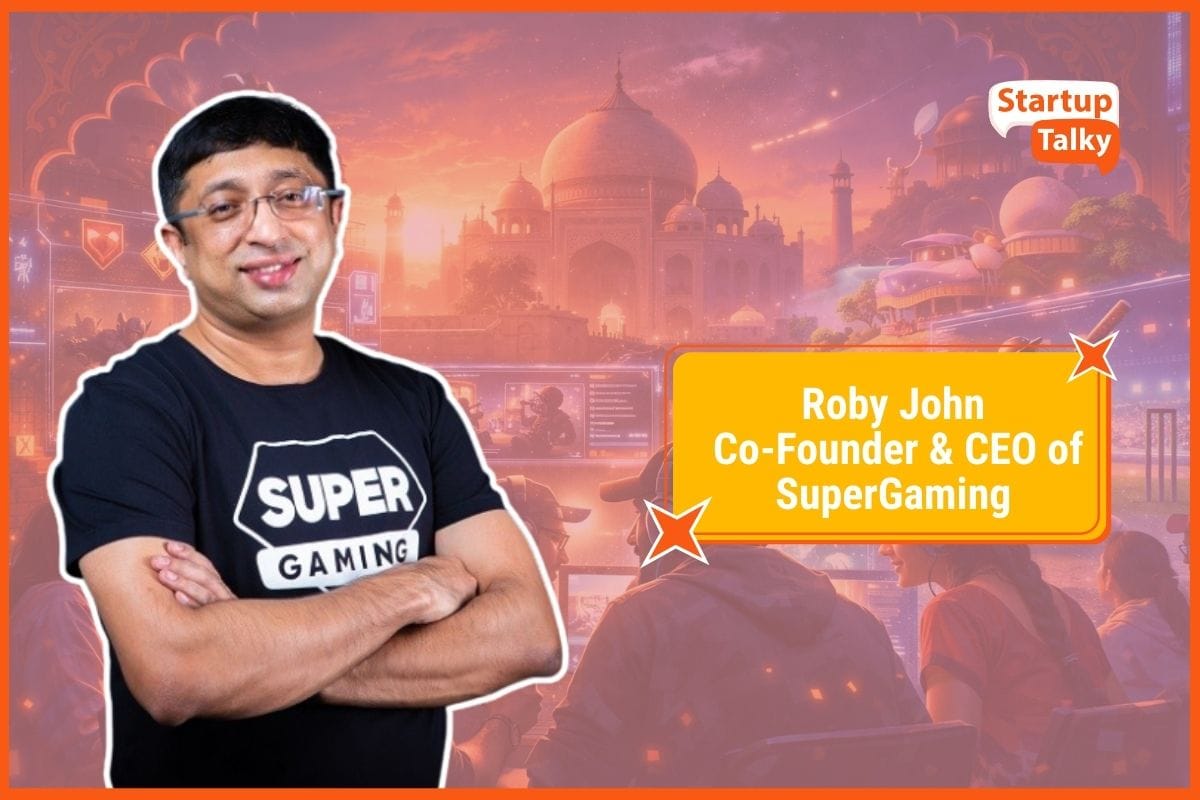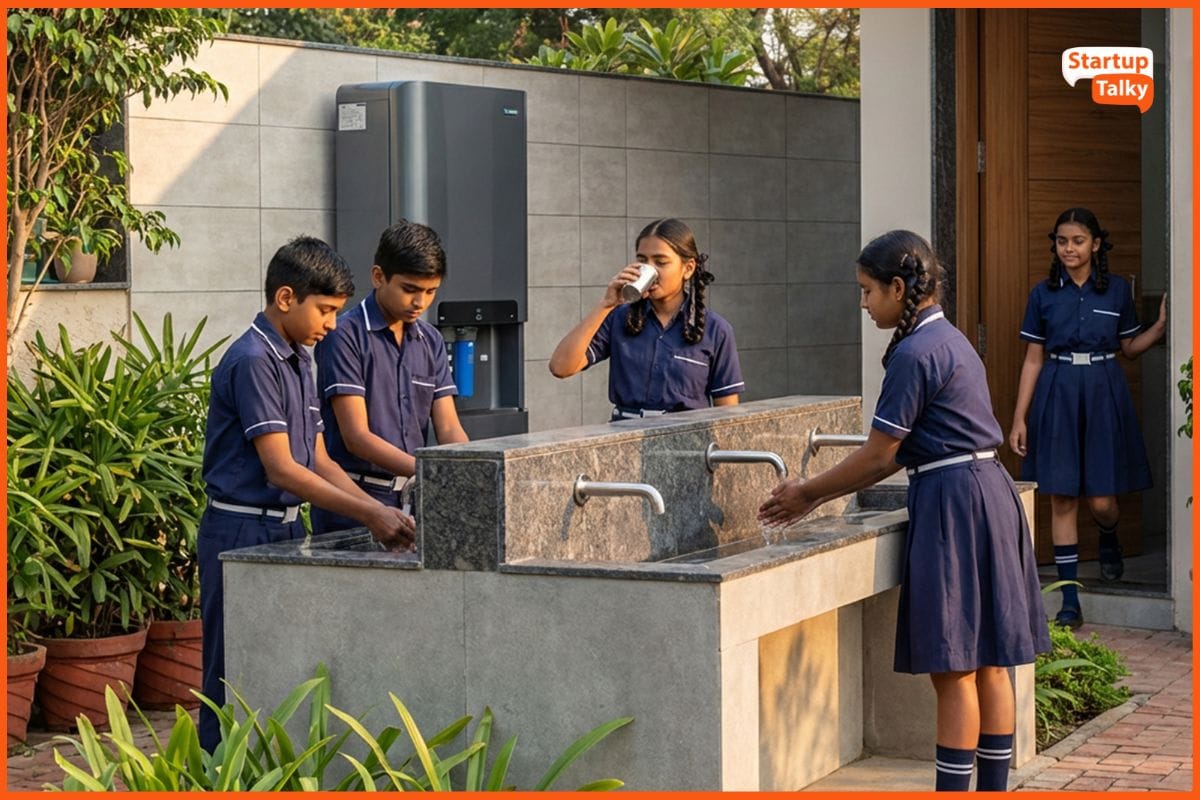The Implementation of a 30% UPI Cap Is Highly Doubtful

With just over four months to go until the deadline, industry insiders have expressed doubts about the proposed 30% market share cap in the Unified Payments Interface (UPI) category, according to multiple media sources. Multiple newcomers to UPI have been informed, informally, that the limit is not going to be implemented. As a result, they have begun to reassess their growth and investment strategies, according to those briefed on the situation.
According to earlier media reports, new players in the UPI industry are holding off on making large expenditures until they have a better understanding of the market share rule. UPI payments are dominated by PhonePe and Google Pay.
However, the National Payments Corporation of India (NPCI), which oversees the UPI railway, has not received any official word from the government regarding its stance.
Customers’ Choice
Reportedly, the regulator is of the opinion that new entrants have not been able to reduce the dominance of the top two UPI services, therefore it is left with few choices regarding the implementation of the December 31st deadline.
In response to enquiries, neither NPCI nor the ministry of electronics and IT provided any information. Implementing this law (market cap) will require significant planning, according to several experts. It cannot be done in a day due to the disruptive nature of the process.
The Growth Trajectory
Both the government and NPCI are deeply committed to the expansion of UPI, which reached 14 billion monthly transactions in May. If people keep using the same two or three platforms, what options do we have? So many new entrants are able to set up shop, but they haven't made a dent just yet.
In July, out of the 14.4 billion UPI transactions, more than 85% were processed through Walmart's PhonePe and Google Pay. Google Wallet had 5.3 billion transactions, whereas PhonePe had 6.9 billion. With 1.1 billion UPI transactions, Paytm (One 97 Communications) came in third, and Cred (142 million payments) came in fourth.
The Reserve Bank of India (RBI) placed restrictions on Paytm Payments Bank in February, making arguments about the market share ceiling more prominent. Paytm is the third largest UPI operator. On February 5, a prominent media outlet said that Paytm's problems will cause users and businesses to switch to the two most popular applications.
Why the Cap Cannot Be Implemented?
To prevent the UPI ecosystem from becoming overly dependent on only one or two platforms, NPCI first proposed a market share cap. In December 2022, NPCI delayed implementation for two years following multiple rounds of negotiations and requests from key corporations operating such apps.
Some industry executives and specialists in the field have voiced concerns that imposing a market share cap might cause systemic disruption and be technically challenging to achieve.
Conversely, NPCI has been facilitating the development of UPI solutions by numerous consumer internet platforms with huge user bases, enabling them to become third-party application providers.
Flipkart, the e-commerce platform that was once PhonePe's parent company, Groww, Slice, and the Tata Neu superapp are all part of this group. Another company that has introduced its UPI offering through the plug-in channel is Swiggy, a food and grocery delivery firm that has partnered with banks. Similarly, Ola Consumer is in the process of planning a same system.

Must have tools for startups - Recommended by StartupTalky
- Convert Visitors into Leads- SeizeLead
- Website Builder SquareSpace
- Manage your business Smoothly Google Business Suite






